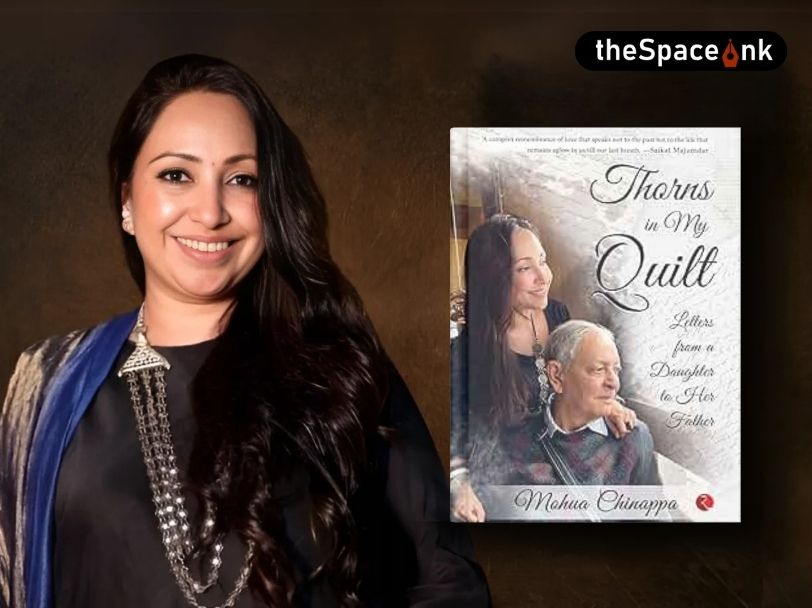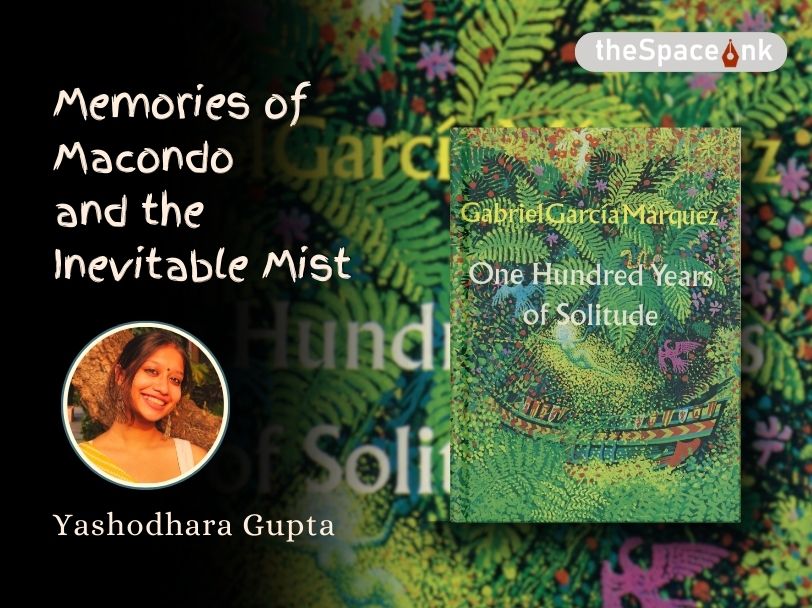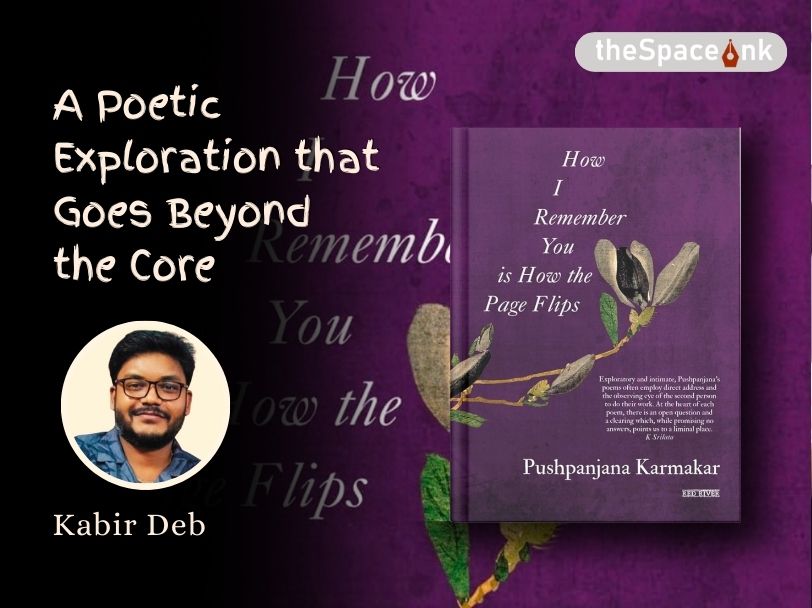Title: Chronicle of an Hour and a Half
Author: Saharu Nusaiba Kannanari
Language: English
Publisher: Context Books
Pages: 201
ISBN: 9789360458096
Format: Hardbound
Price: 599/-
“It all looked too manly for me, too much heart and lungs and hot blood. Like the body was no longer within the mind’s control and I ran like mad, like all the others, surrendering to the throbbing urgency of it all, and I was the mob.” (pp. 115)
Introduction of ‘Chronicle of an Hour and a Half’
We are taken to the village of Vaiga in the midst of a storm and a raging scandal. There is love and grief and dying- you wouldn’t really know which came first. There are women, bound by years of mourning, and a truth that threatens to lurk beyond the clouded sky. Saharu Nusaiba Kannanari’s Chronicle of an Hour and a Half is a book that comes with furious thunder. It is brutal and sensitive all at once- it is the kind of story that demands to be heard.

Nabeesumma’s words are the first to meet the reader’s eye. Caught in a claustrophobic household where she performs her wifehood and motherhood daily, Nabeesumma is a 49-year-old woman who labours her way through the idleness of the men of her family and a roof with thirty leaking holes. We move then to the testimony of Reyhana, whose forlorn longing pulsates through the sharp edge of Kannanari’s words. She is forced to live in a body occupied by the kidney of a husband she detests. Her sleepless years coalesce into one another until they fall into the arms of a younger Burhan. The seed now sown, we move on to a tale of violent stagnation. Voices follow voices but remain firmly individual. Each account is a story waiting to be told; each word is burning flesh revealed in utmost secrecy.
Saharu Nusaiba Kannanari’s women are sketched in devastating beauty. They are agents of anguish and resilience, toiling through the weight of a world made for men to wield and control.
Kannanari’s pen is sharp as he carves into the hollowness of patriarchal protection. The very men who declare they want to kill Burhan to protect Reyhana’s purity are the first to go into explicit detail about how they would violate her body to conduct a lesson on fidelity. The mob is God, and God is a man.
They kill a young boy because he slept with the wife of another- then they tear into his ragged body as the storm brews darker still. The mob is made of sweat, bile, and masculine ego- of course it breaks and lynches and kills for the vagueness of honour and whatnot. The mob is a fire that consumes the humanity in all it passes through- children are made into murderers, as the likes of Reyhana and Nabeesumma are condemned to live their lives in memory of a body battered to death over the course of an hour and a half.
Also Read: Revisiting the Kargil War in ‘Despatches from Kargil’ by Srinjoy Chowdhury
Hakimaakka, an aging man, looks at the dying face of Burhan and notes in a chilling paragraph how he was condemned to three or four deaths because the lashing continued long after the boy was deader than a corpse. Gabriel García Márquez’ Chronicle of a Death Foretold comes to mind as one sits down to wonder if there has ever been a book as hauntingly definite as this.
Kannanari’s mark on literary excellence, made upon the steep hill of this difficult legacy, is unique in its ability to enwrap the field and the pasture, the tired breast, the lingering sweat, and the flood within the fabric of this aging country, sentenced to death at the hands of scripture and masculine force. Provincial life in the Western Ghats is strung into time and literary notice by the tartness of the author’s radical commentary.
WhatsApp becomes the weapon of mass destruction: splaying image onto image and butchering a hundred hearts.
The phone is the gun, the camera its trigger. It leads us to ask if words are bullets on the body it cuts through. It leads us to question where we went wrong as a people of flesh and blood. It forces us to the murky terrain of self-reflection. At the end of all this bloodshed, what remains is a town that hobbles on somehow. It limps, and limps, and limps- we may only wonder when it will sink on its own two feet.

This isn’t a book you can read casually. This isn’t a story you will remember fondly. This is an engagement that’s bound to bruise; two hundred pages of a knife twisting deep into the crevices of nonchalance. The beautiful thing about Kannanari’s writing is that his penmanship is as adept at gore and fury as it is in building forts of silent surrender. Mundanity is the world’s oldest survivor, habit man’s surest friend.
The author does not let us dwell on death: it is the living who must wage on. In Kannanari’s Vaiga, words ebb on in all their meaningless splendor as the novel draws towards a fragmented end. The world is allowed to age, and the world is allowed to grow. But the heart severed twenty-five monsoons ago still lets out a pungent smell. It grieves a life bereft of longing, it calls out to hope in the name of despair. It stops at small corners to turn to you and ask if life is naught but the absence of death.
Image Courtesy: Amazon, Grihalakshmi
Yashodhara Gupta(she/her) is pursuing her Master’s Degree from the Department of Comparative Literature at Jadavpur University. Her areas of interest include Diaspora and Postcolonial Theory, African-American Poetry, Feminist Literature, Studies of the Global South, and Film.








